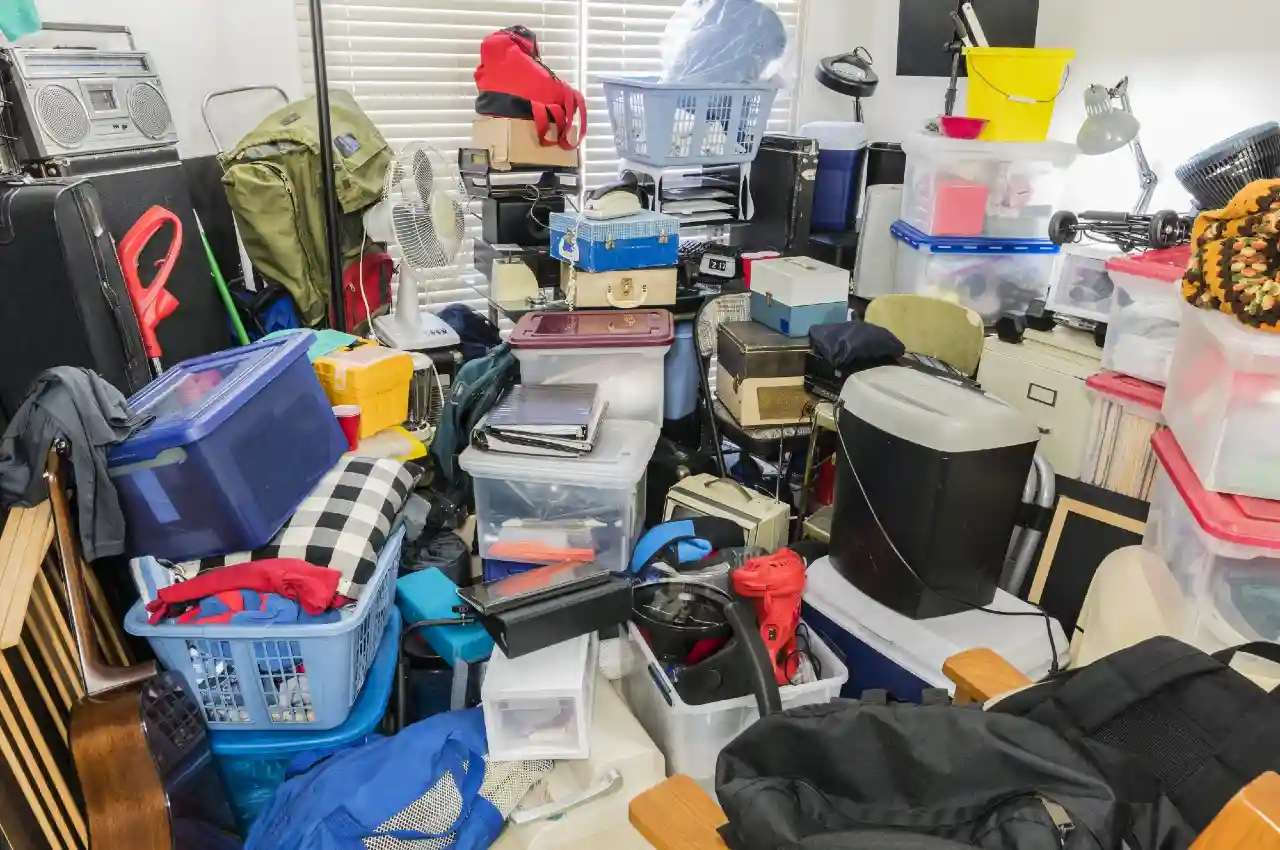NEWS
Unique Challenges and Solutions at Each of the 5 Stages of Hoarding

Are you or a loved one suffering from hoarding? Hoarding is a common issue that can have numerous mental and physical consequences that can impact even the most versatile of people.
Hoarding impacts those who suffer from it, as well as those around them.
To learn more about the 5 stages of hoarding and how to overcome the process completely, keep reading.
1. Acquisition Stage
This is when a person begins amassing a large stockpile of items, often with no regard to personal space or the potential cost involved. Solutions at this stage may include:
- creating more accessible storage spaces
- practicing mindful shopping
- exploring new hobbies
- Activities collection of items
Professional therapy or counseling can also be of great assistance as these practices can help the individual adjust their thought patterns and develop the skills to prioritize and limit their collection of items. They should also practice mindfulness and self-awareness, such as recognizing when they’re feeling the urge to buy and creating specific rules on purchasing items.
2. Clutter Stage
During the “clutter stage,” a hoarder might encounter challenges related to triaging and organizing their possessions. People who are in a cluttered home might simply have too much stuff to manage and may need help determining how to discard items and create systems for keeping the remaining items further organized.
Solutions can include investing in organizational tools to help keep things and enlisting the help of a family member, friend, or professional organizer. Reach out to the team at Paul’s Rubbish Removal today, who are trained and experienced professionals to help you declutter your things.
3. Difficulty Discarding Stage
Hoarding disorders often experience a strong attachment to their belongings, making it difficult to part with them. They may also fear that discarding items will have negative consequences, such as losing important documents or items, so they keep them all.
Solutions for this stage include identifying the hoarder’s attachment to their items and understanding why they value them. Cognitive Behavioral Therapy (CBT) can also be beneficial in this process.
4. Impaired Functioning Stage
The individual may struggle to move or sleep in their living space due to overcrowding and may struggle to even open their doors due to piles of clutter and debris. The home environment can become hazardous to the individual and visitors due to accumulated tripping hazards and mold and bacteria buildup caused by dampness and clutter.
Solutions to this stage involve professional help and intervention to assist in effectively dealing with the scaled problem. This can include coordinators to provide resources for getting rid of unwanted items through donations or waste collection.
5. Insight and Acceptance Stage
This can be daunting since the hoarder needs to be willing and able to confront personal anxieties about the perceived importance of their stored items. They need to accept responsibility for the impact on their environment, their relationships, their emotional state, and even their physical well-being.
Providing strategies to choose and prioritize what can be kept and sorting items into categories to be donated, recycled, or tossed away can be empowering.
Understanding the 5 Stages of Hoarding
Hoarding is an issue that needs to be addressed; there are unique challenges and solutions at each stage. Understanding the various 5 stages of hoarding and their solutions is essential for treating this challenging issue.
If you or a loved one is facing hoarding behaviors, seek help. With appropriate actions and support, you can begin to make changes in the life of someone struggling with hoarding.
Did this article help you? Browse around the rest of this section, then follow our page.
Having completed my education in English, I’ve cultivated a successful career as a content writer. My tenure includes valued collaborations with distinguished professional organizations, reflecting my commitment to producing high-quality content.
Contact me on this mail: [email protected]










